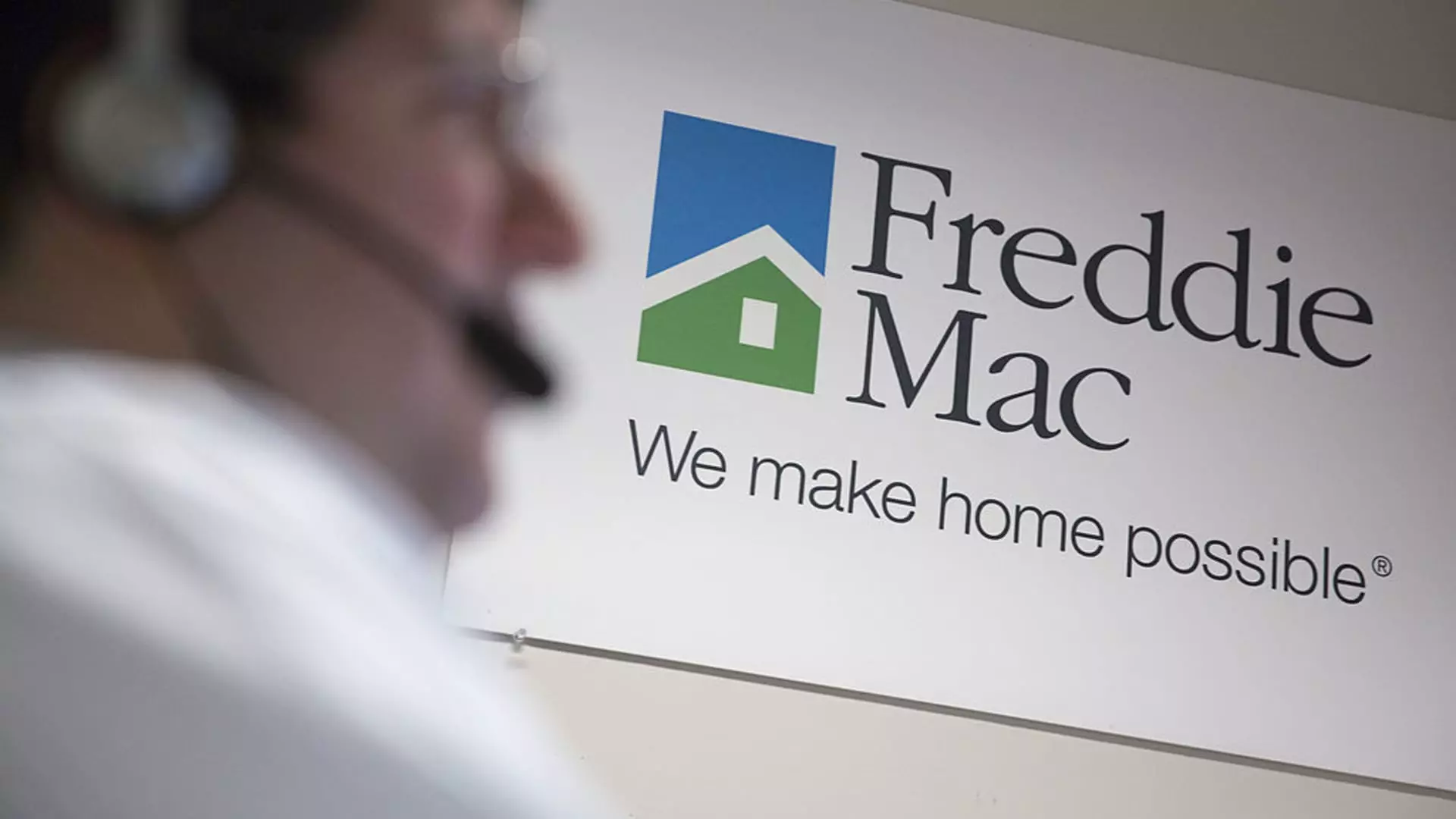The residential mortgage landscape in the United States has long been shaped by two notable entities: Fannie Mae and Freddie Mac. Currently under federal control, these government-sponsored enterprises (GSEs) are at a crossroads as discussions within Washington, D.C. contemplate the termination of their conservatorship. As the economic landscape evolves, questions arise about the sustainability of the current mortgage finance system and its vulnerability in the face of potential downturns.
Fannie Mae and Freddie Mac were placed into conservatorship during a tumultuous period in September 2008, when the global financial crisis was wreaking havoc on markets and households alike. Their primary role involves providing mortgage financing solutions that mitigate investor risks while influencing national mortgage rates. However, the collapse of the housing market prompted widespread foreclosures, with an estimated 3.8 million homes lost to the process between 2007 and 2010. This resulted in a significant reliance on federal support, with the U.S. Treasury Department extending lines of credit exceeding $100 billion to both agencies.
Conservatorship was intended as a temporary measure to stabilize these institutions as they navigated financial ruin. Still, it has stretched for over a decade, raising concerns about the ongoing implications for both taxpayers and market participants. Analysts express apprehensions regarding a backup system that, while effective during recovery, may not be resilient enough in the event of another economic downturn. Former Federal Housing Finance Agency Director Mark Calabria highlights these risks as a critical point of concern, questioning whether the existing framework adequately safeguards taxpayer interests.
Fannie Mae and Freddie Mac excel in creating financial products that bolster the mortgage market. Their role inherently reduces risks for investors, creating a more stable borrowing environment for consumers. However, Calabria emphasizes a troubling reality: the GSEs were highly leveraged, running at a ratio of approximately 1,000 to 1, which reflects a precarious lack of capital. Given this structure, the mortgage giants find themselves teetering on the brink of instability—a fact that could worsen with the absence of government backing.
The complexity of the situation intensifies when considering potential ramifications of transitioning to a fully privatized system. Advocates for privatization argue that removing government involvement could yield greater efficiency, while simultaneously decreasing mortgage rates. Conversely, critics warn that eliminating the federal safety net might elevate rates by 60 to 90 basis points, driving up borrowing costs for American families. At its heart, this debate encapsulates the ongoing struggle between free market principles and the need for government intervention during periods of economic fragility.
With a combined total of over $301 billion repaid to the Treasury from these GSEs following the bailout, Fannie Mae and Freddie Mac have gradually clawed back to profitability. Nonetheless, their stock values have remained stagnant—plummeting to almost negligible levels since their admission into conservatorship. This phenomenon has raised underlying questions about the viability of these entities in a future market where they stand entirely alone.
While the government ended the sweeping of profits in 2019, paving the way for a potential return to private markets, the overarching framework remains critically scrutinized. Proponents like Mark Zandi believe that continued government affiliation is essential, driving home the point that a lack of explicit government support could leave mortgage rates vulnerable to sharp increases. The delicate balancing act not only encompasses the financial health of Fannie Mae and Freddie Mac but also reverberates through the economy as a whole.
As discussions about ending the conservatorship of Fannie Mae and Freddie Mac intensify, the implications for the U.S. mortgage market loom large. The duality of opportunity and risk hangs in the balance, with both proponents of privatization and defenders of government involvement making compelling arguments. As policymakers explore potential pathways, all eyes will remain on the effects these decisions will have on homeowners, investors, and the broader economic landscape. Ultimately, the fate of these mortgage giants may redefine the contours of home financing for generations to come.


Leave a Reply